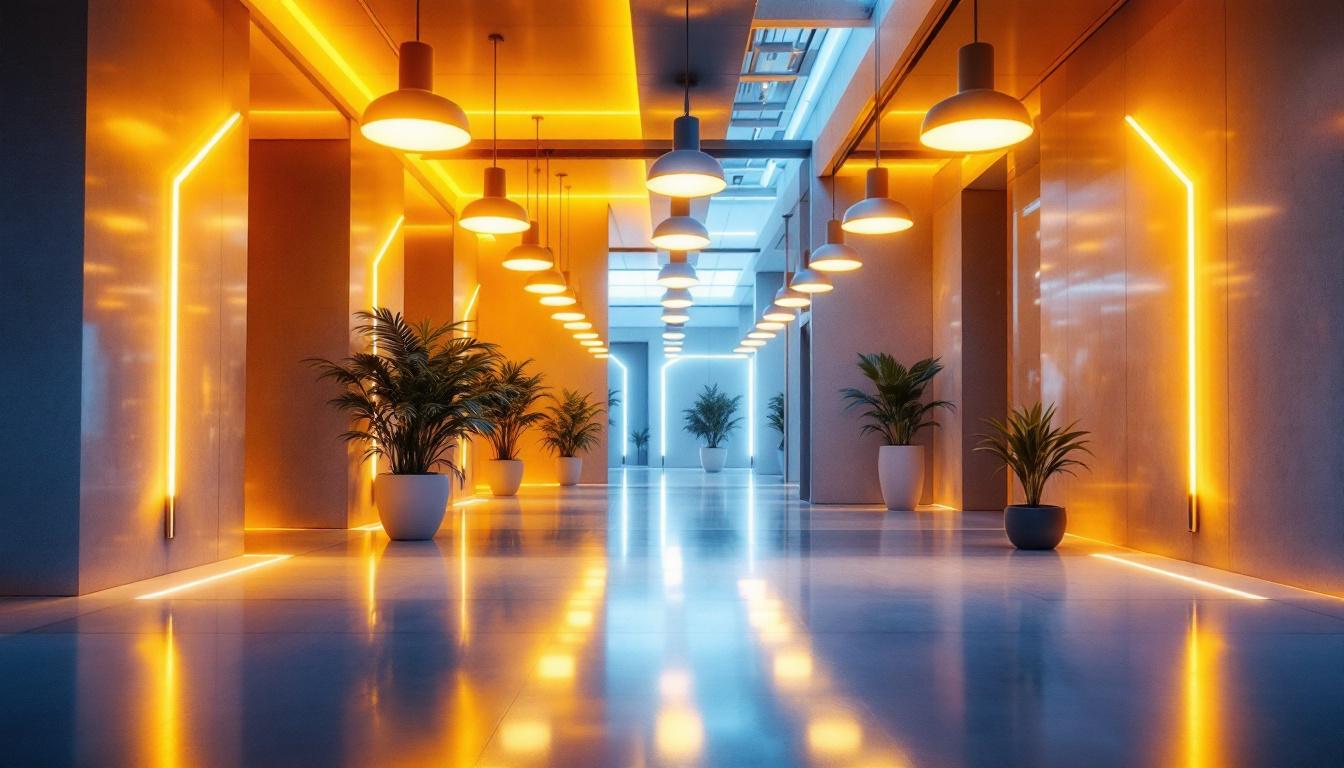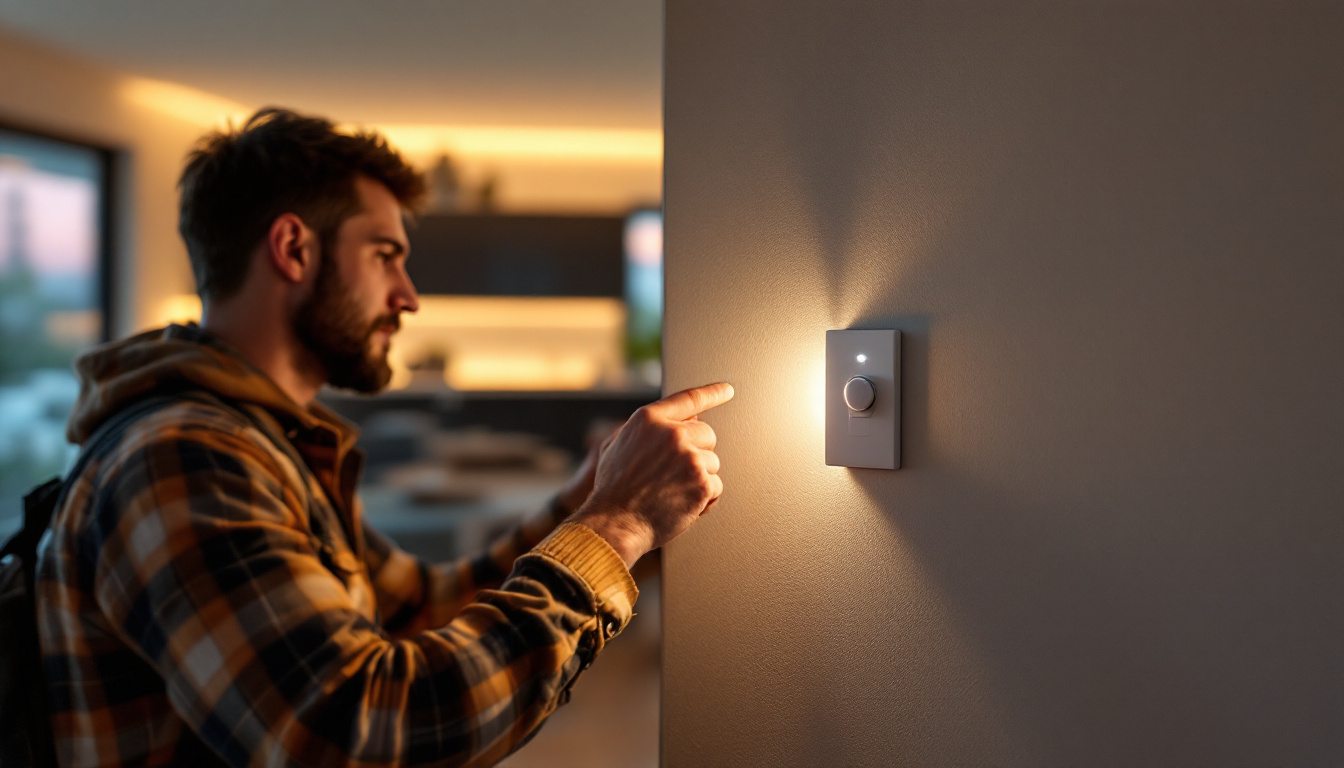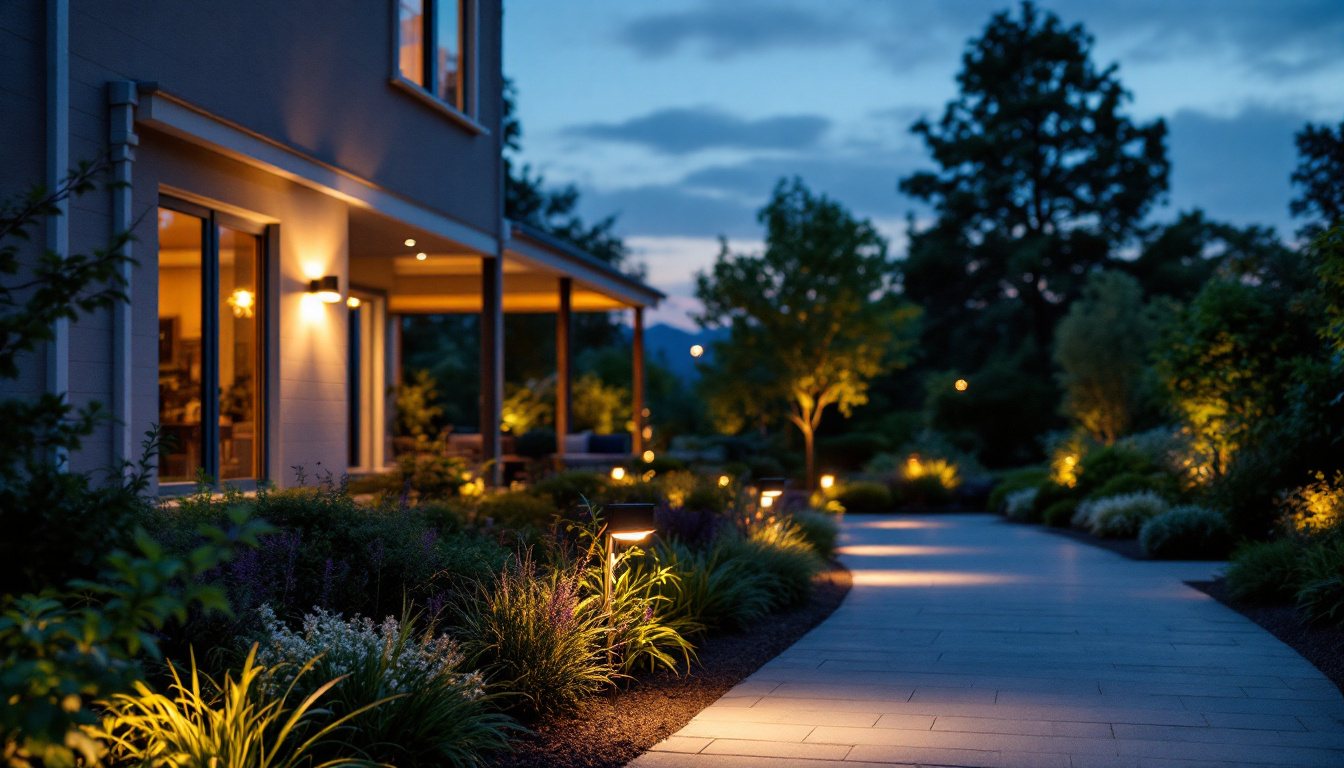
In recent years, decorative LED bulbs have surged in popularity, becoming a staple choice for both residential and commercial lighting projects. Their versatility, energy efficiency, and aesthetic appeal make them an attractive option for lighting contractors. However, as with any evolving technology, questions arise. This article aims to address the most common inquiries lighting contractors have regarding decorative LED bulbs.
Before diving into specific questions, it’s essential to understand what decorative LED bulbs are and how they differ from traditional lighting options. Decorative LED bulbs come in various shapes, sizes, and color temperatures, allowing for creative lighting solutions that enhance the ambiance of any space. Whether it’s a cozy living room or a chic restaurant, these bulbs can be tailored to fit the aesthetic needs of the environment, providing both functionality and style.
Unlike standard LED bulbs, decorative options are designed with aesthetics in mind. They often feature unique shapes such as globes, vintage styles, or filament designs that mimic the look of incandescent bulbs. This design focus allows contractors to provide clients with lighting solutions that not only illuminate spaces but also serve as decorative elements. Furthermore, many decorative LED bulbs come with dimming capabilities, enabling users to adjust the brightness according to their mood or occasion, making them versatile for various settings.
One of the most significant advantages of decorative LED bulbs is their energy efficiency. They consume significantly less power than traditional incandescent bulbs while producing the same amount of light. Additionally, LED bulbs have a longer lifespan, often lasting up to 25,000 hours or more, which means fewer replacements and lower maintenance costs for clients. This longevity not only benefits the environment by reducing waste but also translates into substantial savings on energy bills over time, making them an economically sound choice for both residential and commercial spaces.
Moreover, many decorative LED bulbs are now available with smart technology features, allowing users to control them remotely via smartphone apps or voice commands. This innovation adds a layer of convenience and customization, enabling users to change colors, set schedules, or even sync lighting with music for a more immersive experience. As the demand for smart home solutions continues to rise, incorporating decorative LED bulbs with smart capabilities can enhance the overall appeal and functionality of a space, making it not just visually attractive but also technologically advanced.
As lighting contractors explore the use of decorative LED bulbs, several common questions arise. Addressing these inquiries can help ensure successful installations and satisfied clients.
Many decorative LED bulbs are available in dimmable options, but it’s crucial to verify compatibility with the existing dimming systems. Not all LED bulbs work seamlessly with traditional dimmers, which can lead to flickering or reduced performance. Contractors should recommend specific dimmers designed for LED use to ensure optimal functionality. Additionally, it’s worth noting that some advanced dimming systems can offer features like smooth dimming curves and remote control capabilities, enhancing the user experience. Educating clients about these options can also help them make informed decisions that align with their lighting needs.
Decorative LED bulbs come in various color temperatures, typically ranging from warm white (around 2700K) to cool white (5000K and above). The choice of color temperature can significantly impact the ambiance of a space. Warm white is often preferred for residential settings to create a cozy atmosphere, while cooler temperatures may be more suitable for commercial environments that require bright, focused lighting. Furthermore, some LED bulbs offer adjustable color temperatures, allowing users to switch between warm and cool settings based on the time of day or activity. This versatility can be particularly beneficial in multi-functional spaces, where lighting needs may vary throughout the day.
When comparing decorative LED bulbs to incandescent options, the differences are striking. LED bulbs are more energy-efficient, have a longer lifespan, and produce less heat. While incandescent bulbs have historically been favored for their warm glow, decorative LEDs have evolved to replicate this quality effectively, making them a viable alternative. Moreover, the environmental impact of using LED bulbs is significantly lower, as they consume less power and reduce greenhouse gas emissions over time. As sustainability becomes increasingly important to consumers, highlighting the eco-friendly benefits of decorative LEDs can enhance their appeal and encourage clients to make the switch from traditional incandescent lighting.
Proper installation is critical to maximizing the benefits of decorative LED bulbs. Lighting contractors must be aware of specific considerations to ensure a successful project.
Understanding wattage is essential when selecting decorative LED bulbs. While LED bulbs use less wattage to produce the same light output as incandescent bulbs, contractors must ensure that fixtures are compatible with the lower wattage. Some fixtures may not function correctly with lower wattage bulbs, leading to performance issues. Additionally, it is vital to consider the dimming capabilities of both the LED bulbs and the fixtures. Not all LED bulbs are compatible with traditional dimmer switches, which can result in flickering or buzzing sounds. Therefore, contractors should recommend LED-compatible dimmers to ensure a smooth and adjustable lighting experience.
Although LED bulbs produce less heat than incandescent bulbs, they still generate some heat that must be dissipated. Contractors should ensure that fixtures are designed for adequate heat management, especially in enclosed spaces. Proper ventilation can help maintain the longevity and efficiency of decorative LED bulbs. Furthermore, the placement of the fixtures plays a significant role in heat dissipation; for instance, mounting fixtures in areas with good airflow can enhance their performance. It is also beneficial to educate clients about the importance of regular maintenance, such as cleaning the fixtures to prevent dust buildup, which can obstruct airflow and lead to overheating.
Another important factor to consider during installation is the color temperature of the LED bulbs. Decorative LED bulbs come in a range of color temperatures, from warm white to cool daylight. The choice of color temperature can dramatically affect the ambiance of a space. For example, warm white bulbs (around 2700K) create a cozy and inviting atmosphere, ideal for living rooms and bedrooms, while cooler temperatures (5000K and above) are better suited for task-oriented areas like kitchens and offices. Contractors should work closely with clients to understand their desired aesthetic and functional needs, ensuring that the selected bulbs enhance the overall design of the space.
Incorporating decorative LED bulbs into lighting designs requires careful thought about aesthetics and functionality. Here are some design considerations for lighting contractors.
With a plethora of decorative styles available, selecting the right bulb for a specific project can be challenging. Contractors should consider the overall design theme of the space. For instance, vintage-style filament bulbs work well in rustic or industrial settings, while sleek, modern designs may be more appropriate for contemporary spaces.
Effective lighting design often involves layering different types of light sources. Decorative LED bulbs can serve as accent lighting, enhancing the overall ambiance. By combining them with other light sources, such as recessed lighting or wall sconces, contractors can create a well-balanced lighting scheme that meets both functional and aesthetic needs.
While decorative LED bulbs may have a higher upfront cost compared to traditional incandescent bulbs, their long-term benefits often outweigh the initial investment. Understanding the cost implications is crucial for lighting contractors when discussing options with clients.
The initial cost of decorative LED bulbs can be a concern for some clients. However, contractors should emphasize the long-term savings associated with energy efficiency and reduced maintenance. Over time, the lower energy bills and extended lifespan of LED bulbs can lead to significant savings, making them a cost-effective choice.
When budgeting for lighting projects, it’s essential to consider not only the cost of the bulbs but also the potential savings in energy and maintenance. Contractors should provide clients with a comprehensive overview of the total cost of ownership, which includes installation, energy usage, and replacement costs over time.
As sustainability becomes increasingly important in the lighting industry, understanding the environmental impact of decorative LED bulbs is vital for contractors.
Decorative LED bulbs are significantly more energy-efficient than traditional lighting options, which contributes to a reduced carbon footprint. By choosing LED technology, contractors can help clients make environmentally conscious decisions that align with sustainability goals.
Another aspect of the environmental impact is the disposal of lighting products. LED bulbs are generally more environmentally friendly than incandescent bulbs, as they do not contain harmful substances like mercury. However, contractors should still educate clients on proper disposal methods and recycling options to minimize environmental impact.
The lighting industry is constantly evolving, and staying informed about future trends can help contractors remain competitive. Here are some emerging trends in decorative LED lighting.
As smart home technology continues to gain traction, the integration of decorative LED bulbs with smart systems is becoming increasingly popular. Smart bulbs allow users to control lighting remotely, adjust color temperatures, and create customized lighting scenes. Contractors should consider offering clients smart decorative LED options to enhance their lighting experience.
Another trend is the demand for customizable decorative LED designs. Clients are increasingly looking for unique lighting solutions that reflect their personal style. Contractors can explore partnerships with manufacturers that offer customizable options, allowing clients to choose colors, shapes, and features that align with their vision.
Decorative LED bulbs offer a wealth of opportunities for lighting contractors to enhance their projects with energy-efficient and aesthetically pleasing solutions. By addressing common questions and concerns, contractors can better serve their clients and navigate the evolving landscape of lighting technology. As the demand for decorative LED bulbs continues to grow, staying informed about trends, installation considerations, and environmental impacts will be crucial for success in the lighting industry.
Ultimately, embracing decorative LED technology not only benefits contractors but also contributes to more sustainable and visually appealing spaces for clients. By prioritizing education and innovation, lighting contractors can position themselves as trusted experts in the field, ready to meet the diverse needs of their clientele.
Ready to elevate your lighting projects with the latest in decorative LED technology? Look no further than LumenWholesale for an unbeatable selection of spec-grade lighting products at wholesale prices. Our commitment to quality, affordability, and convenience ensures that you have access to the best lighting solutions without the hassle of middlemen or hidden costs. With free shipping on bulk orders, you can confidently stock up on energy-efficient and stylish lighting options that will impress your clients and enhance any space. Discover the perfect lighting for your needs and take advantage of the best value in the industry. Visit Wholesale Lighting at the Best Value and start your journey towards brighter, more sustainable lighting solutions today.

Discover how Sunpark Electronics Corp is revolutionizing the lighting industry with innovative strategies to future-proof your projects.

Discover how integrating motion sensor switches can elevate your lighting business.

Discover the critical role of UV ray light in modern lighting solutions.

Discover how motion-activated flood lights can revolutionize your lighting design by enhancing security, energy efficiency, and aesthetic appeal.